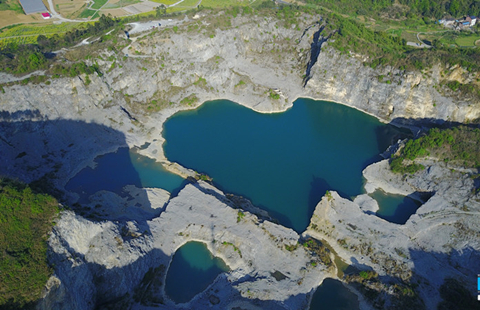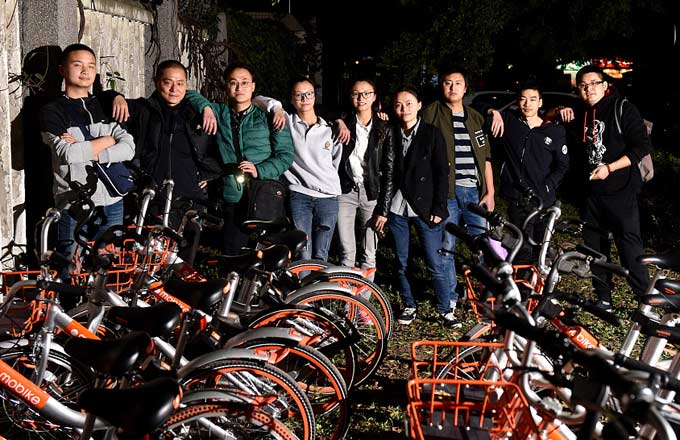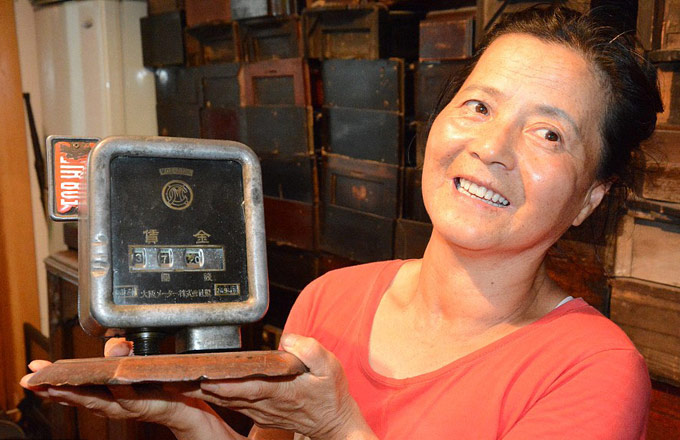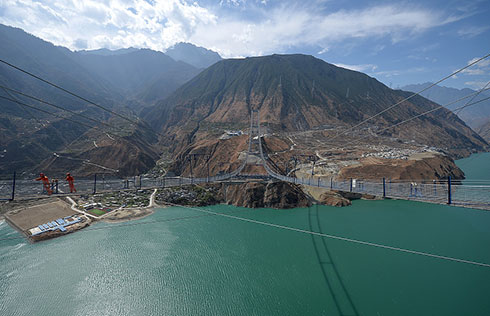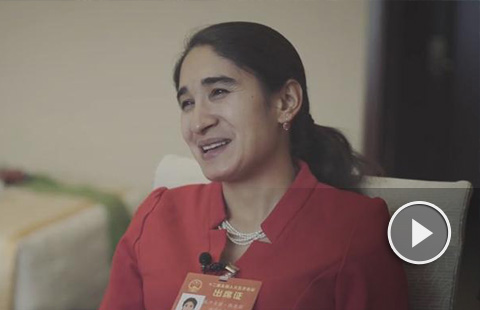Jiaolong poised for S China Sea mission
QINGDAO - Three oceanauts of China's manned submersible, the Jiaolong, are studying geographic and biodiversity data of the South China Sea as they prepare for the sub's first scientific deep-sea mission in June.
Jiaolong completed a record dive of 7,062 meters in the Pacific Ocean's Mariana Trench during its trial operation in June 2012, enabling China to conduct deep-sea scientific research and resource exploration in 99.8 percent of the world's oceans.
The crew are expected to leave Qingdao, a port city in East China's Shandong province, for the 103-day mission on June 5.
As the first oceanauts for the country's independently developed sub, the crew are aged between 29 and 34 and have helped in the development of the vessel.
Among the three, only the eldest, Ye Cong, has had overseas training. He took a short course on Alvin, the US manned deep submersible, in 2005.
When he returned to China, the Jiaolong could only dive 50 meters and there was no telecommunication available on the sub.
Ye, working for China Shipbuilding Industry Corp., was appointed as the chief designer to turn the sub into a deep-sea submersible vehicle, and tutor two university graduates, Tang Jiajun and Fu Wentao, as his copilots.
Tang, the youngest of the trio, was enrolled in 2007. He said in addition to taking courses on how to operate the sub, he and Fu were required to help with Jiaolong's frame assembling and hydraulic system building work to get better acquainted with the vessel.
He said "capable of reaching the moon and catching turtles deep in the ocean" were two dreams envisioned by the late Chairman Mao Zedong in his poem.
"I feel that our crew are among those who are the closest to these dreams," he said.
With Jiaolong setting the record depth in the Pacific Ocean and China's second moon orbiter, the Chang'e-2, sending back a moon map and images with a resolution of seven meters last year, the two missions listed as on top of the country's scientific exploration agenda are progressing fast.
Tang said in line with the agenda of the pending South China Sea mission, the Jiaolong will carry out dives in a cold spring area to conduct biodiversity research, and then a seamount area to collect rock samples for research of the evolution of the sea basin and the magma materials.
"Most of the depths will be between 3,000 and 5,000 meters. There is no intention for achieving new records on the depth," said Tang.
He said the Jiaolong is a research apparatus. Its usage will be only realized when it can assist scientific research by fetching mineral and biological samples and capturing deep-sea video images and pictures.
Ye said Jiaolong is currently China's only manned deep-sea sub. More subs will be built as the country bolsters up its marine economy.
"China needs to train more pilots and coaches to operate subs. An all-transparent submersible is in the boardroom. Once it is in commercial production, it will help more people realize their dreams of having a deep-sea travel without damaging the marine environment," he said.




